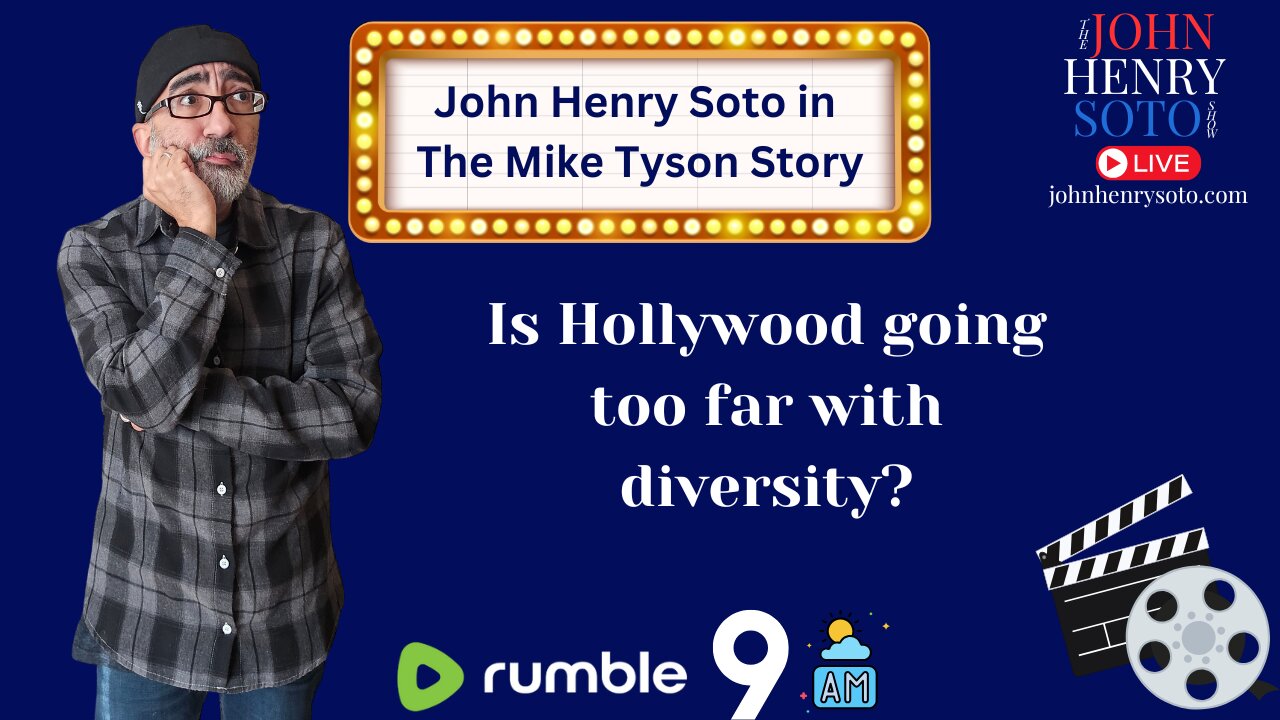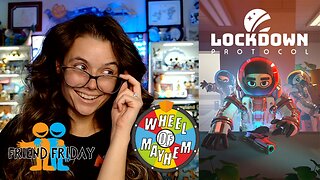Premium Only Content

"Breaking the Mold or Storytelling: "When does Diversity go too far?"
While diversity and inclusion are essential for creating richer and more representative storytelling, there are instances where forced diversity can feel inauthentic and actually hurt a film. When characters are cast purely to fill diversity quotas rather than serve the story, it can lead to performances and narratives that feel contrived or disconnected from the film’s core themes. Audiences can often sense when representation is organic versus when it’s shoehorned in to meet external expectations, which can diminish the impact of the film rather than enhance it. True diversity should be about bringing depth and authenticity to a story, not simply checking boxes to avoid criticism.
Additionally, when filmmakers drastically alter historically or culturally significant characters purely for the sake of diversity, it can backfire and alienate audiences. This isn’t to say that adaptations and creative interpretations should be avoided—many have been highly successful—but they need to be executed with care and respect for both the source material and audience expectations. When diversity is prioritized at the expense of storytelling, character integrity, or historical accuracy, it can result in films that feel disingenuous and struggle to resonate with viewers. The key is balance—ensuring that inclusivity enhances the narrative rather than feeling like a forced obligation.
-
 54:08
54:08
The John Henry Soto Show
28 days agoAnnie Laven - Know Your Purpose
99 -
 3:36:44
3:36:44
PandaSub2000
1 day agoSuper Mario Galaxy 1 & 2 | ULTRA BEST AT GAMES (Original Live Version)
21.6K3 -
 1:26:04
1:26:04
Glenn Greenwald
9 hours agoJournalist Ken Klippenstein on Trump's New Domestic Terrorism Memo; Glenn Takes Your Questions on Bari Weiss's CBS Role, His Interview with Nick Fuentes, and More | SYSTEM UPDATE #526
90.1K73 -
 3:49:14
3:49:14
SynthTrax & DJ Cheezus Livestreams
2 days agoFriday Night Synthwave 80s 90s Electronica and more DJ MIX Livestream GOTH NIGHT Special Edition
45K6 -
 2:20:47
2:20:47
Mally_Mouse
5 days agoFriend Friday!! 🎉 - Let's Play! - Lockdown Protocol
41.6K1 -
 4:51:04
4:51:04
MissesMaam
6 hours ago*Spicy* Friend Friday LOCKDOWN Protocol!!! :: SpookTober 💚✨
40.9K3 -
 41:36
41:36
MattMorseTV
7 hours ago $20.47 earned🔴Portland just made a BIG MISTAKE.🔴
52.8K84 -
 13:10:23
13:10:23
LFA TV
1 day agoLIVE & BREAKING NEWS! | FRIDAY 10/3/25
171K46 -
 4:07:27
4:07:27
Nerdrotic
11 hours ago $10.96 earnedHollywood is TARIFFied, James Gunn Attacks Fans, Bill Burqa, RoP is Doomed | Friday Night Tights 374
80.9K24 -
 LIVE
LIVE
Eternal_Spartan
15 hours ago🟢 Eternal Spartan Plays Destiny 2 | The Best PVP/PVE Action!| USMC Veteran
39 watching
